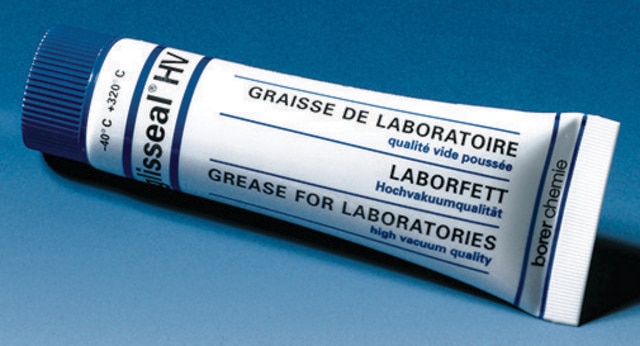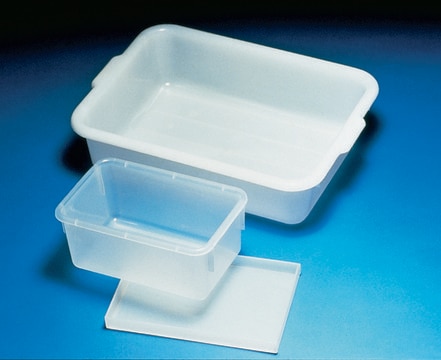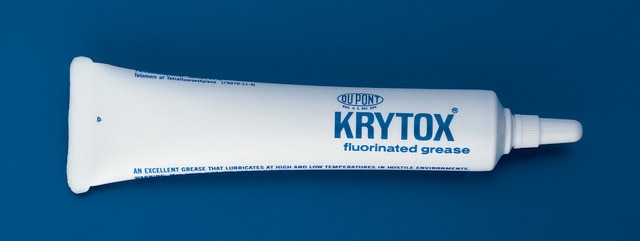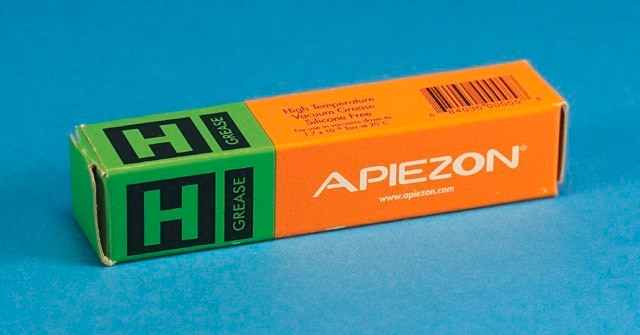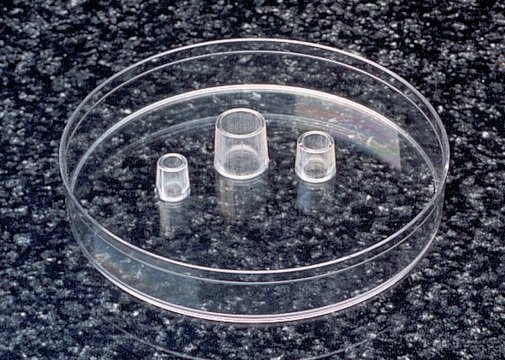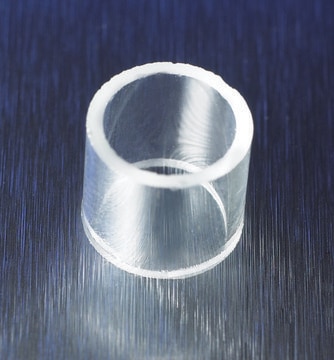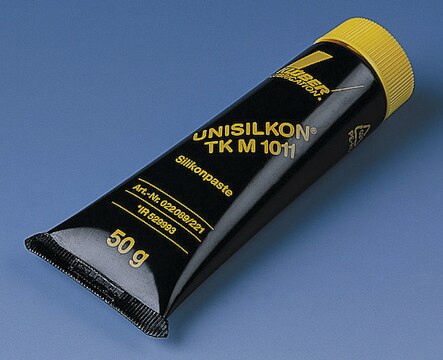Z273554
Molykote high-vacuum silicone grease
colorless, weight 5.3 oz (tube)
Sign Into View Organizational & Contract Pricing
All Photos(1)
About This Item
UNSPSC Code:
15121900
NACRES:
NB.35
Recommended Products
material
colorless
weight
5.3 oz (tube)
General description
Seals and prevents freezing of stopcocks and ground-glass joints in high-vacuum systems at pressures less than 10-6 mm Hg. Heat stable (−40 to 204 °C), low vapor pressure, and chemically resistant. Colorless. 5.3 oz. tube.
Application
Dow Corning® high-vacuum silicone grease has been used:
- to coat the cloning rings used for hypoxanthine phosphoribosyltransferase (HPRT)-deficient cells selection and isolation
- to coat the cloning rings used for selecting the transformed cells during BALB/c cell transformation assay
- to seal a cover glass over a petri dish containing culture for bioluminescence detection
Legal Information
Corning is a registered trademark of Corning, Inc.
Storage Class
11 - Combustible Solids
wgk_germany
WGK 3
flash_point_f
Not applicable
flash_point_c
Not applicable
ppe
Eyeshields, Gloves, type N95 (US)
Certificates of Analysis (COA)
Search for Certificates of Analysis (COA) by entering the products Lot/Batch Number. Lot and Batch Numbers can be found on a product’s label following the words ‘Lot’ or ‘Batch’.
Already Own This Product?
Find documentation for the products that you have recently purchased in the Document Library.
Customers Also Viewed
Yulia Komarova et al.
The Journal of cell biology, 184(5), 691-706 (2009-03-04)
End binding proteins (EBs) are highly conserved core components of microtubule plus-end tracking protein networks. Here we investigated the roles of the three mammalian EBs in controlling microtubule dynamics and analyzed the domains involved. Protein depletion and rescue experiments showed
Mitra Aliabouzar et al.
Soft matter, 16(28), 6501-6513 (2020-07-01)
Acoustically-responsive scaffolds (ARSs), which are composite fibrin hydrogels, have been used to deliver regenerative molecules. ARSs respond to ultrasound in an on-demand, spatiotemporally-controlled manner via a mechanism termed acoustic droplet vaporization (ADV). Here, we study the ADV-induced, time-dependent micromechanical and
Our team of scientists has experience in all areas of research including Life Science, Material Science, Chemical Synthesis, Chromatography, Analytical and many others.
Contact Technical Service
